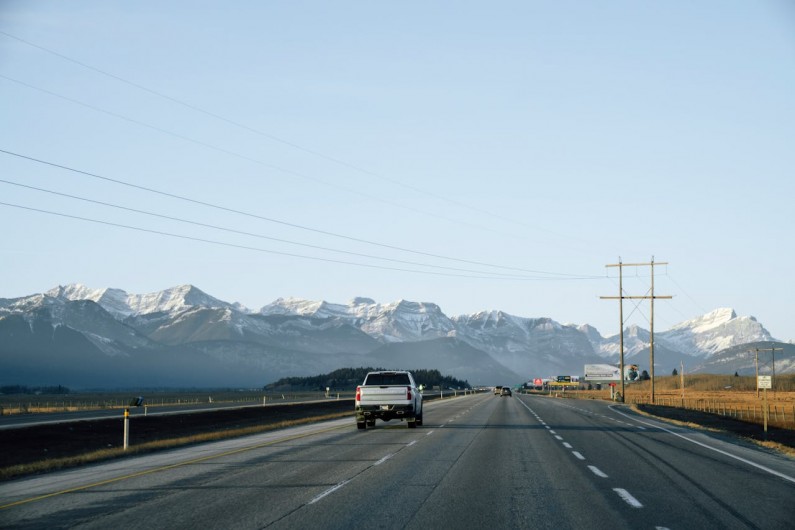Understanding No-Fault Insurance: What Albertans Need to Know

No-fault insurance is becoming a hot topic in Alberta as the provincial government considers a significant shift in how automobile insurance operates. But what exactly is no-fault insurance, and how does it compare to the current system? Let’s explore the basics and what these proposed changes could mean for Albertans.
Under the current “at-fault” insurance system, when a car accident occurs, the person not responsible for the accident – the innocent victim – has the right to pursue compensation from the at-fault party for their specific injuries and losses. This includes pain and suffering, lost income, future earning capacity, and other expenses. The system is designed to help put the victim in the same financial position they would have been in if the accident had never occurred.
In contrast, no-fault insurance takes a different approach. Under this model, fault is no longer a determining factor in how claims are handled. Instead of suing the at-fault party, all individuals involved in an accident are treated equally and are entitled to benefits based on a predetermined schedule, regardless of who caused the crash. While this system aims to simplify the claims process and focus on recovery, it significantly limits the ability of injured individuals to seek tailored compensation through the courts.
The Alberta government has branded its version of no-fault insurance as the “care first” model. This approach emphasizes using insurance to provide recovery benefits for all parties involved in an accident, regardless of fault. While that might sound beneficial at first glance, there are key differences between no-fault and at-fault systems that raise questions about fairness and accountability. For instance, innocent victims may lose their right to sue for comprehensive damages, a cornerstone of the current system that ensures equitable treatment for those wrongfully injured.
Proponents of no-fault insurance argue that it could streamline claims and potentially reduce costs, but there are valid concerns about its true impact. Critics point out that no-fault systems, particularly when privately managed, often prioritize profit over care, leaving injured individuals with fewer resources and fewer options for recourse. Additionally, there’s skepticism about whether no- fault insurance will actually lead to lower premiums, as promised, or if it will simply shift costs to taxpayers or individuals seeking additional coverage.
For Albertans, understanding the basics of no-fault insurance is essential as the province debates this major reform. As the conversation unfolds, it’s important to stay informed and consider how such changes might affect access to fair compensation and quality care in the event of an accident.
Learn more about Alberta’s no-fault insurance changes on the January Ask the Lawyer Podcast. Join Cynthia Carels and Mike McVey from Weir Bowen LLP as they explain how these changes could affect you.
